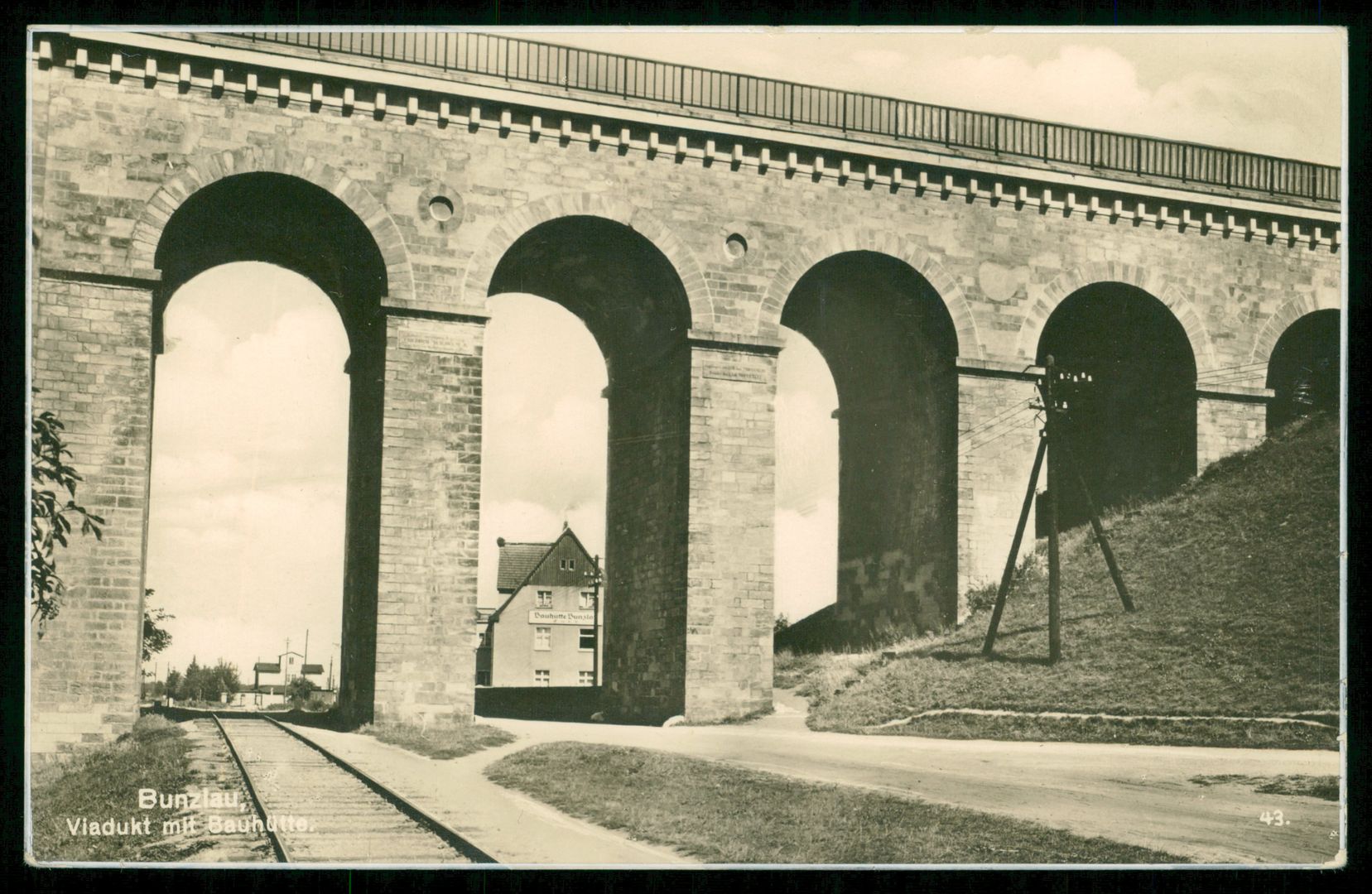Railway viaduct in Bolesławiec
6.7

Overview
The railway viaduct in Bolesławiec, built over the Bóbr River, is a significant feat of railway engineering that combines architectural and historical values. Its construction began on June 18, 1844, based on a design by the Prussian architect Friedrich Engelhardt Gansel. Construction workers, including over 600 people directly involved, labored on this monumental structure for two years, completing it in July 1846. Made of cretaceous sandstone from the nearby quarry in Dobra, the viaduct is one of the longest structures of its kind in Poland and Europe. On September 17, 1846, it was officially opened by King Frederick William IV, becoming a key transportation hub in the region. In 1945, as a result of wartime actions, the Germans blew up the central span, causing disruptions to its operation. Reconstruction was completed in 1947, restoring the line's functionality. In recent years, the viaduct has undergone several modernizations, including a major overhaul in 2009, which involved comprehensive conservation, a new traction network, and the widening of the railway track, allowing trains to travel at speeds of up to 160 km/h. An interesting fact is that in 2006, 58 projectors were installed on the inner sides of the pillars to illuminate the structure, offering modern visual experiences for visitors. The viaduct not only connects cities but has also become an important tourist attraction, drawing history and engineering enthusiasts.
Location
2025 Wizytor | All Rights Reserved